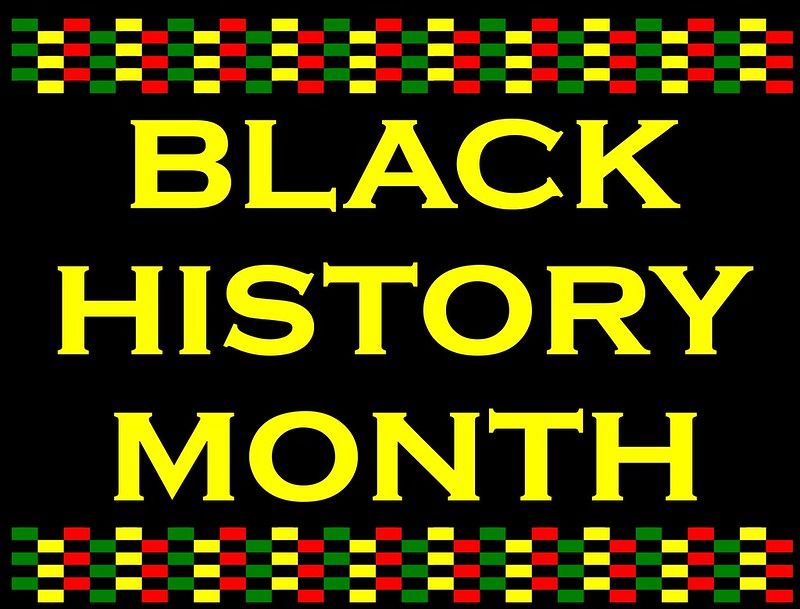Address: 6556 35th Ave NE Seattle, WA 98115
Service: Sundays at 9:30am and 11:15am in-person or online
Phone: 206-525-8400
“Dwelling in the place where joy meets justice, year after year, can only be sustained by being so in love with a vision of what’s possible that we no longer flirt with despair.” - Aurora Levins Morales, poet/activist.
The Acting for Racial Justice Team is one UUC resource where joy and justice meet, helping sustain spirited actions in the wider community. During Black History Month 2024, members of our Team are offering weekly articles to inspire living into the UU 8th Principle of dismantling racism.
Perhaps you already know about Unitarian Frances Ellen Watkins Harper (1825-1911). What might be accomplished in the 21st c. if we listened to this creative thinker? As a daughter of free blacks born in the slave state of Maryland, raised by an abolitionist uncle, Frances Ellen Watkins Harper became a prolific writer and legendary orator of her time, sharing the stage with Susan B. Anthony and other familiar historical figures. F.E.W. Harper “effectively integrated her passion for social justice in six different causes: abolitionism, suffrage, and temperance, as well as in black literary, children’s rights, and women’s movements,” and she was “one of the first black women to earn a living from her published writing,” notes Mark Morrison-Reed, Darkening the Doorways: Black Trailblazers and Missed Opportunities in Unitarian Universalism, 2011.
As an educated middle-class African-American woman, F.E.W. Harper was actively engaged in improving the lives of others. She was an involved member of one of the first African-American churches in the U.S. the Mother Bethel A.M.E. Church. After 1870, Harper also joined the First Unitarian Church of Philadelphia. Her body is buried in a Unitarian cemetery. Doesn’t this Harper quote sound like a UU?: [What I ask is… ] more religion glowing with love and replete with life.”
Two twentieth-century local Black myth-breakers may also serve as guides for dismantling racial injustice.
Odessa Brown, (1920-1969), within a few years of arriving in Seattle, became an eloquent advocate for neighborhood medical/dental resources for children. A mother of four, licensed as a beautician, Brown worked as a Community Organizer with the Central Area Motivation Program (1). During the late ‘60s the Black Panthers had established a breakfast program and medical care in the Central Area. It took other community members and professionals about 18 months to figure out how best to serve neighborhood children using funds from the Model Cities program. Brown’s story of being refused medical care as a young black woman in Chicago inspired the clinic’s tagline, “Quality Care with Dignity.” She died from leukemia in Seattle before the children’s medical and dental services she fought for could be offered at the clinic which would bear her name.
Blanche Sellers Lavisso, MD, (1925-1984) was a tiny yet towering African-American pediatrician with fourteen years experience in the Central Area who agreed to serve as the first Medical Director of Odessa Brown Children’s Clinic, affiliated with Children’s Hospital, in 1970.
The Odessa Brown Children’s Clinic - with successes and setbacks - has expanded to south Seattle’s Othello neighborhood and will open another new facility on Jackson Street in the coming years. Building a new campus offers both challenges and opportunities for new connections, capacities and culture change.
UUC may rightly be proud of our predecessors’ actions to further racial justice. For instance, white member Don Matson’s dedication with Seattle C.O.R.E. for the strategic expansion of housing opportunities for African-Americans in red-lined Seattle, Nathan Johnson's leadership as an African American in many community service organizations, and Lee Minto’s involvement with Planned Parenthood in the Central Area. Building on that legacy, UUC’s Acting for Racial Justice Team envisions a world where all are thriving, free from systemic racial oppression. The team’s mission: Faithful, reflective collaboration for love-filled actions towards racial equity.
F.E.W. Harper’s speech, “We Are All Bound Up Together,” at the National Woman’s Rights Convention of 1866 could not resolve all the challenges in the U.S. then or now. Nevertheless, what future accomplishments from the collective action of inspired and dedicated individuals might any of us imagine? Joy meets justice indeed. Onward.
—Margaret Sutro (UUC member since 1999)
See Supplement of Linked Resources
________________________________
With gratitude for these additional resources:
African American Collection of Seattle Public Library housed at Douglass-Truth Branch (formerly the Yesler Branch until held accountable by neighborhood residents in 1960s to make improvements in staff and building on 23rd & Yesler in the Central Area/District, one of Seattle’s formerly red-lined neighborhoods.)
BlackPast.org - people, organizations, issues of King County area includes entries by Mary T. Henry, retired Seattle Public School Librarian
- Central Area Motivation Program/CAMP - “one of the most remarkable local initiated antipoverty programs in the nation,” writes UW’s Bullitt Professor of American History, Quintard Taylor in The Forging of a Black Community: Seattle’s Central District from 1870 through the Civil Rights Era.
Northwest African American Museum - Seattle resources and exhibits
South Seattle Emerald - on-line news - Amplifying the authentic narratives of South Seattle because equitable access to relevant information is vital to an engaged democracy
Wa Na Wari - Creative space for Black ownership, possibility, and belonging through art, historic preservation, and connection. Seattle Black Spatial Histories Institute is Wa Na Wari’s community story training program for building collective power rooted in a legacy of resilience, creativity, and self-determination.
We Lived Here: Stories of Seattle’s Central Area, Interviews by Madeline Crowley, 2019.
With Dignity: The Birth and Spirit of Odessa Brown Children’s Clinic, Louis Appel, M.D., M.P.H., June 1999.

Posted/updated on:

